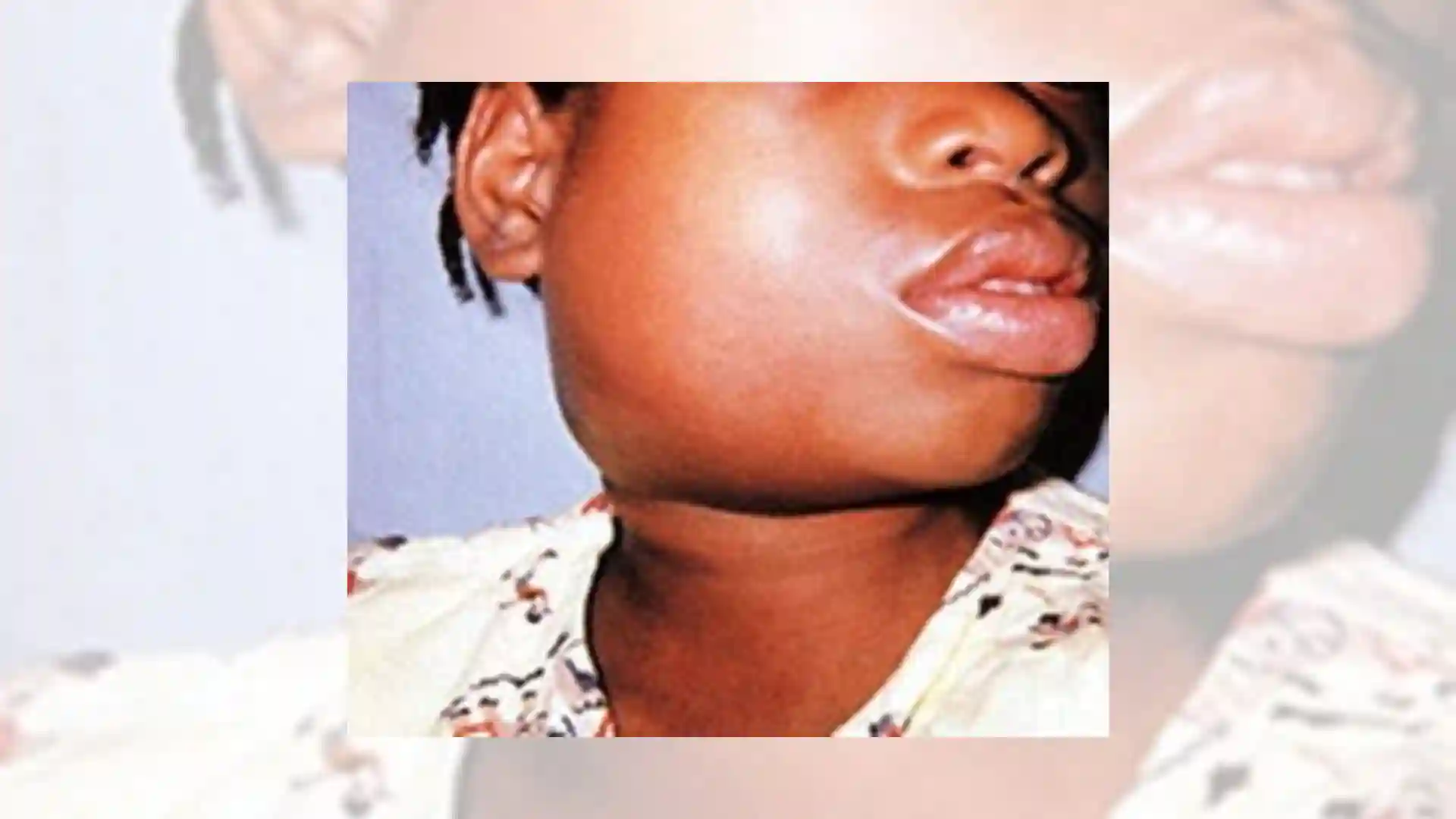Harare City, the capital of Zimbabwe has issued a mumps (mahumunya / amatitiyane) alert throwing some members of the public into panic mode. We provide a few things you may need to know about this disease
What is mumps
Mumps, caused by the mumps virus, presents with mild symptoms and prominently swollen salivary glands. The introduction of the mumps vaccine reduced cases, but outbreaks still occur, particularly in close-contact settings like college campuses. Vaccination is crucial to safeguard children, as waning immunity can lead to infection despite prior vaccination. Full vaccination remains the best protection against mumps.
What are the symptoms of mumps?
Initial mumps symptoms are typically mild, and some individuals may be asymptomatic, unaware of their infection. Symptoms do not manifest immediately, as the incubation period ranges from seven to 25 days. Common mild symptoms include:
-
- Fever
- Headache
- Muscle aches
- Fatigue
- Loss of appetite
-
Later symptoms:
- Painful swelling of parotid glands (parotitis)
- Swelling occurs on one or both sides of the face
- “Chipmunk cheeks” appearance with puffy cheeks and swollen jaw
- Painful swelling of parotid glands (parotitis)
-
Note:
- Parotitis can be caused by various viruses and bacteria, not just the mumps virus.
-
Rare but severe symptoms (seek immediate medical attention):
- High fever
- Stiff neck
- Severe headache
- Confusion
- Stomach pain
- Vomiting
- Seizures
-
Complications (rare, more common in adolescents and adults):
- Organ involvement (brain, pancreas, testicles, ovaries)
What causes mumps?
The mumps virus, which is a type of paramyxovirus, causes mumps. The virus spreads from person to person through direct contact with infected saliva or through respiratory droplets from the infected person’s nose, mouth or throat. The infected person can spread the mumps virus by:
- Sneezing, coughing or talking.
- Sharing objects containing infected saliva, such as toys, cups and utensils.
- Playing sports, dancing, kissing or participating in other activities involving close contact with others.
Some groups of people are at a higher risk of getting mumps. These groups include:
- People with weakened immune systems.
- People who travel internationally.
- People who aren’t vaccinated against the virus.
- People living in close quarters, such as college campuses
Is mumps contagious?
Mumps is highly contagious, with infectiousness starting a few days before gland swelling and lasting five days after. To prevent transmission, affected individuals, including asymptomatic cases, should minimize contact and avoid school or childcare.
To diagnose mumps, healthcare providers may use a polymerase chain reaction (PCR) test. This involves collecting a mucus sample from the cheek or throat and examining it for the mumps virus. Additionally, a blood test may be conducted to confirm or rule out mumps and other potential causes of salivary gland swelling.
How is mumps treated?
There’s no specific treatment for mumps. The disease must run its course and usually goes away on its own within a couple of weeks. Mumps treatment focuses on alleviating your child’s symptoms to make them as comfortable as possible. The following steps can help manage symptoms:
- Drink plenty of fluids.
- Gargle warm salt water.
- Eat soft, easy-to-chew foods.
- Avoid acidic foods that make your mouth water.
- Suck on an ice pop to soothe a sore throat.
- Place ice or heat packs on swollen glands.
- Take non-aspirin medications such as acetaminophen and ibuprofen to reduce fever and help with pain.
Don’t give your child aspirin.
PREVENTION
Mumps is preventable through the mumps vaccine, typically administered as part of the MMR vaccine. Outbreaks still occur in close-contact settings. Most children recover fully within a few weeks. Severe complications include arthritis, deafness, encephalitis, meningitis, oophoritis, orchitis, pancreatitis, and thyroiditis. Mumps during pregnancy carries rare risks. Minimize contact if your child has mumps, and consult healthcare providers for guidance on transmission, complications, vaccine safety, and symptom relief measures.

